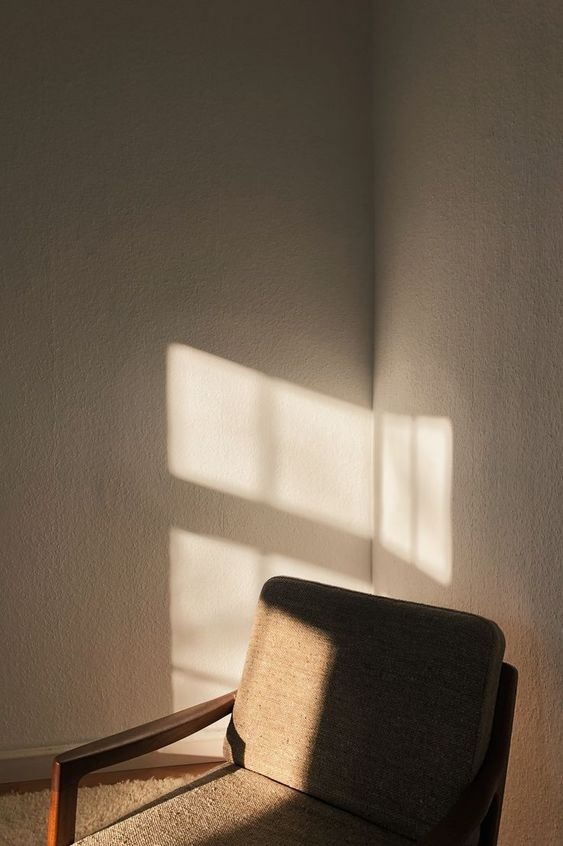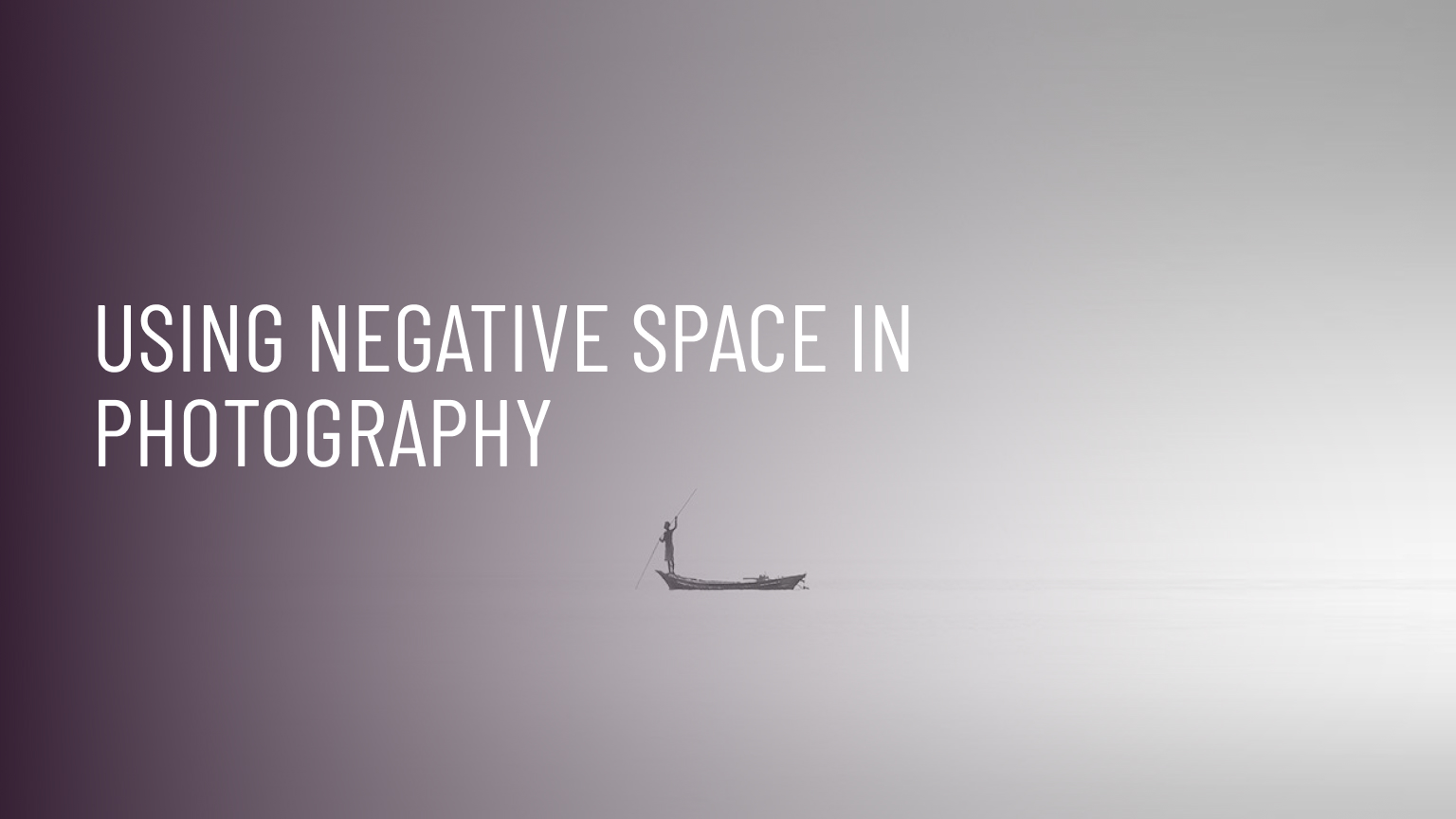What Is Negative Space?
Negative space is like the unsung hero of a photograph – it’s the area around the main subject that doesn’t take up much visual real estate but plays a crucial role in the overall impact of the image. It’s like the seasoning to a dish, the beat to a song, or the sarcasm to a joke. Without these, any image can fall flat.Now, you may be wondering, what’s the difference between positive and negative space? Positive space is the area that the main subject takes up in the image, while negative space is the area surrounding the main subject. Positive space is like the superhero, taking up all the attention, while negative space is like the trusty sidekick, supporting and enhancing the hero’s impact. Together, they create a dynamic and impactful image.
Benefits Of Negative Space
The benefits of negative space in photography can be broadly categorized into three categories – visual impact, balance and harmony, and storytelling.
Firstly, negative space can enhance the visual impact of an image by creating contrast and emphasizing the main subject. It’s like adding a spotlight on the main subject, making it stand out and catch the viewer’s attention.
Secondly, negative space can create a sense of balance and harmony in the image. Just like in life, balance is key in photography as well. Too much clutter can be overwhelming, while too little can make an image feel empty. Negative space helps in striking that perfect balance and gives the viewer’s eyes a break from the main subject.
Lastly, negative space can be used to convey a sense of storytelling. By positioning the main subject off-center and using negative space to frame it, the photographer can create a sense of tension or isolation. It’s like giving the viewer a peek into the story behind the image, leaving them intrigued and wanting to know more.
Composition Techniques for Negative Space
There are various techniques that photographers can use to create negative space in their images. Here are a few examples:- Shallow Depth of Field: By using a wide aperture and focusing on the main subject, the background can be blurred out, creating negative space.
- Positioning the Main Subject Off-center: By positioning the main subject to one side of the frame, negative space is created on the other side. This technique can be used to create a sense of balance and tension in the image.
- Minimalist Approach: Using a minimalist approach with a lot of space around the main subject can create a powerful and impactful image.
The Use of Negative Space as a Powerful Storytelling Tool

Negative space can be a powerful storytelling tool in photography. By using negative space to frame the main subject or by positioning it in a way that creates tension, the photographer can convey a story or an emotion in the image. For example, a portrait of a person looking out of the frame with negative space on the other side can create a sense of longing or isolation.
Examples of Effective Use of Negative Space in Different Types of Photography
In landscape photography, negative space can be used to create a sense of vastness and scale. For example, a photo of a small tree in the foreground with a large mountain range in the background and a lot of negative space in the sky can create a sense of grandeur and awe.In portrait photography, negative space can be used to draw attention to the subject’s face or expression. For example, a photo of a person’s face with a lot of negative space around it can create a sense of introspection or contemplation.
In still-life photography, negative space can be used to create a sense of simplicity and elegance. For example, a photo of a single flower on a white background with a lot of negative space around it can create a sense of purity and beauty.
In conclusion, negative space is a powerful tool in photography that can enhance the visual impact, create balance and harmony, and convey a story or an emotion in the image. By using the right techniques and applying them to different types of photography, photographers can create stunning and impactful images.
Common Mistakes to Avoid

- Overusing Negative Space: While negative space can be a powerful tool, overusing it can lead to a lack of balance and visual interest in the image. It’s important to find the right balance between negative space and the main subject.
- Placing the Main Subject Too Close to the Edge: Placing the main subject too close to the edge of the frame can create a sense of discomfort and tension. It’s important to give the subject some breathing room within the negative space.
- Ignoring the Background: While negative space can be created by a plain background, ignoring the background altogether can lead to distracting elements in the image. Pay attention to the background and use it to enhance the negative space.
Tips to Achieve More Impactful Use of Negative Space
- Experiment with Different Compositions – Try different techniques for creating negative space and see what works best for the subject and the story you want to tell.
- Pay Attention to Balance – Keep in mind the overall balance of the image and adjust the negative space accordingly.
- Use Negative Space as a Tool – Remember that negative space can be used to convey a story or an emotion in the image. Use it intentionally to enhance the message you want to convey.
In A Nutshell

Incorporating negative space in photography can be a powerful tool to create impactful images. By avoiding common mistakes and following these tips, photographers can effectively use negative space to create a sense of balance, harmony, and emotion in their images. Don’t be afraid to experiment and play around with negative space in your photography. As the famous photographer Ansel Adams said, “There are no rules for good photographs, there are only good photographs.” So, go out there and create some good photographs using the power of negative space!






